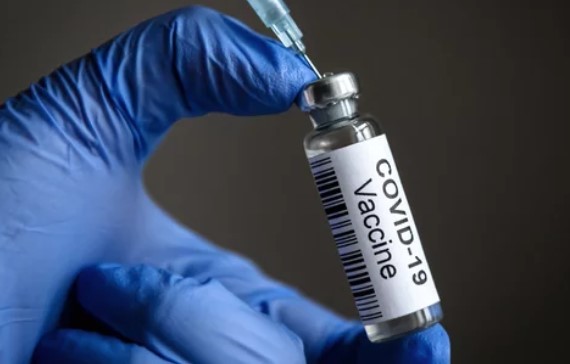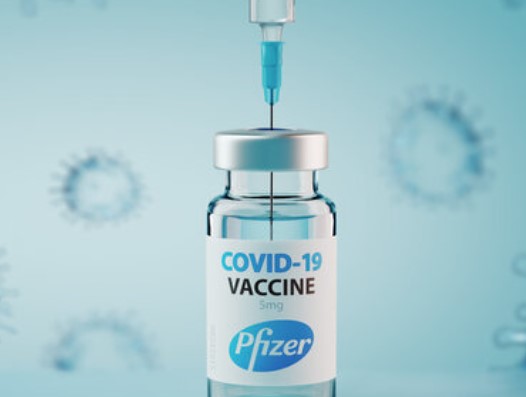The emergence of the Omicron variant (1) of SARS-CoV-2 in November 2021 in South Africa has raised concerns that, based on the large number of mutations in the spike protein and elsewhere on the virus, this variant will have considerable escape from vaccine elicited immunity.
Furthermore, several mutations in the receptor binding domain and S2 are predicted to impact transmissibility and affinity for ACE-2. This is according to a new study on Pfizer Vaccine, wherein the author have completed their first experiments on neutralization of Omicron by Pfizer BNT162b2 vaccination elicited immunity . Read the Manuscript led by Alex Sigal is faculty @AHRI_news and Research Group Leader at @mpiib_berlin
Laboratory research from South Africa strongly suggests that the SARS-CoV-2 Omicron variant escapes antibody immunity induced by the Pfizer-BioNTech (Comirnaty) vaccine, but that considerable immunity is retained in people who were both vaccinated and previously infected.
New Pfizer COVID-19 Vaccine Study against Omicron Results
- Omicron still uses ACE2
- There is a very large drop in neutralization of Omicron by BNT162b2 immunity relative to ancestral virus
- Omicron escape from BNT162b2 neutralization is incomplete. Previous infection + vaccination still neutralizes
In the study, it was investigated whether Omicron escapes antibody neutralization elicited by the Pfizer BNT162b2 mRNA vaccine and whether the virus still requires binding to the ACE2 receptor to infect cells. We used an early passage of isolated and sequence confirmed live Omicron virus isolated in South Africa.
The study the authors used a human lung cell line clone (H1299-ACE2) engineered to express the ACE2 receptor to both isolate the virus and test neutralization. We also tested growth in the parental H1299 which do not overexpress ACE2 and are not appreciably infectable with SARS-CoV-2 .
Pfizer induced neutralization against Omicron, confirms the notion of vaccine escape according to the study

The H1299-ACE2 cells were similar to Vero-E6 in titer dependent focus formation but were considerably more sensitive . The study observed that Omicron infected the ACE2-expressing cells in a concentration dependent manner but did not infect the parental H1299 cells, indicating that ACE2 is required for Omicron entry.
We then tested the ability of plasma from BNT162b2 vaccinated study participants to neutralize Omicron versus ancestral D614G virus in a live virus neutralization assay. We tested 14 plasma samples from 12 participants , with 6 having no previous record of SARS-CoV-2 infection nor detectable nucleocapsid antibodies indicative of previous infection. For two of these participants, we used samples from two timepoints. The authors say.
The remaining 6 participants had a record of previous infection in the first SARS-CoV-2 infection wave in South Africa where infection was with ancestral D614G virus . Geometric mean titer (GMT) FRNT50 (inverse of the plasma dilution required for 50% reduction in infection foci number) was 1321 for D614G. These samples therefore had very strong neutralization of D614G virus, consistent with sampling soon after vaccination. GMT FRNT50 for the same samples was 32 for Omicron, a 41-fold decline .
However, the escape was incomplete, with 5 of the participants, all previously infected, showing relatively high neutralization titers with Omicron.
Beta variant escape from BNT162b2 in a live virus neutralization assay has been reported to be substantial and our own data confirmed these results , with about 3-fold reduction in FRNT50.
The results we present here with Omicron show much more extensive escape. However, escape was incomplete in participants with higher FRNT50 due to previous infection. Previous infection, followed by vaccination or booster is likely to increase the neutralization level and likely conferprotection from severe disease in Omicron infection.
As protection against SARS-CoV-2 infection has waned after a two-dose schedule of COVID-19 vaccines, policy makers have begun to consider the implications for periodic or seasonal third dose, also known as a booster, vaccination against COVID-19 to protect the most vulnerable patients, and mitigate health-care and economic impacts. Decisions regarding when and which populations to whom boosters should be administered are made based on real-world data and cohort studies.
The importance of both cellular and humoral immunity in vaccine effectiveness is evident from real-world studies that have demonstrated little difference in initial protection from infection14 or from severe disease and death






